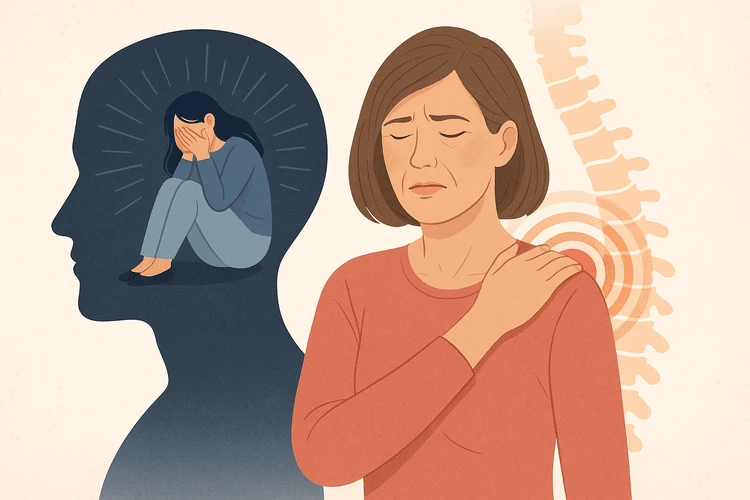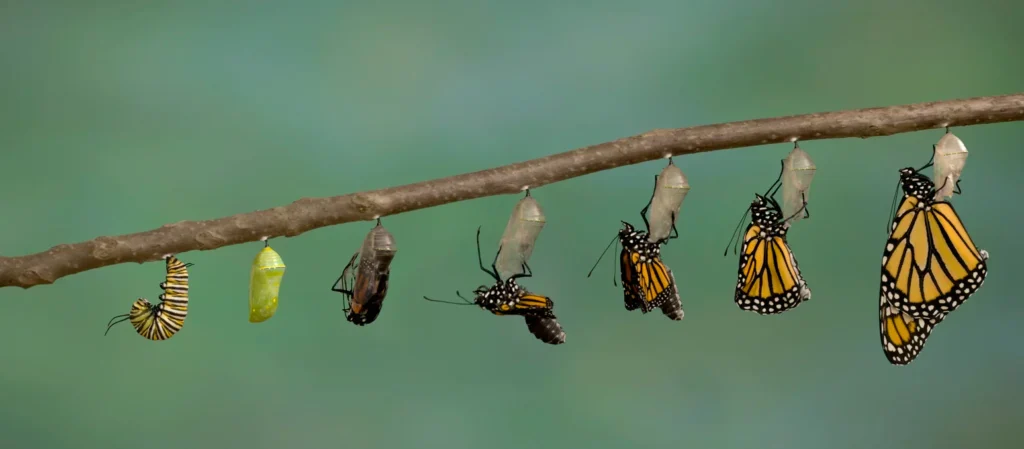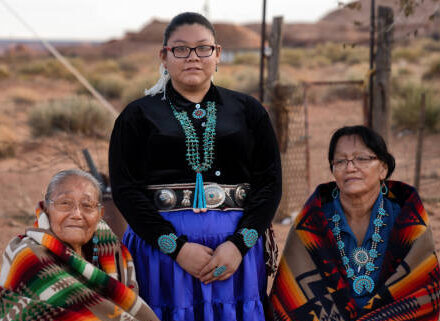Most people think of pain as something physical, an ache in the back, tension in the shoulders, or a stabbing sensation in the gut. But science shows that the same receptors in the brain process both physical and emotional pain. This means that the lingering ache in your body might actually reflect unresolved trauma stored in your nervous system.
Why Pain Persists
When we brace against unpleasant feelings or sensations, we interrupt the natural feedback loop between the brain and our muscle spindles. This disconnect makes it harder for the body to self-heal, often creating ongoing pain. Over time, protective patterns of bracing outlive their purpose and turn into chronic pain.
Trauma expert Dr. Peter Levine explains:
“Trauma is not what happens to us, but what we hold inside in the absence of an empathetic witness.”
In other words, pain often represents unfinished survival responses. Unless consciously released through the body, these patterns can stay stuck in the body and nervous system.
The Link Between Trauma and Chronic Pain
Chronic pain is not “all in your head,” it’s a reflection of the body’s wisdom trying to protect you. Common signs include:
-
Persistent aches and tension
-
Stomach upset or digestive issues
-
Sharp, stabbing, or twinging pains
-
Feeling constricted or “held tight” in certain areas
These symptoms can be invitations to get “gut-connected” and listen to our bodies more deeply.
Dr. Stephen Porges, founder of Polyvagal Theory, reminds us:
“Trauma compromises our ability to engage with others by replacing patterns of connection with patterns of protection. Safety is the treatment.”
Healing requires restoring safety, body connection, and regulation in the nervous system.
Simple Somatic Practices to Reconnect
Here are a few gentle steps you can start today:
-
Name the sensation. Is it aching, stabbing, or constricting? Awareness creates space for change.
-
Invite micro-movements. Explore small, subtle movements in the area of pain to restore flow.
-
Release outward. Imagine sending the pain and related energy off your body instead of pulling it in.
-
Build safety. Focus on grounding, calming breath, or supportive environments that signal safety to your system.
-
Practice compassion. Self-kindness activates the ventral vagal state, the part of your nervous system wired for joy and connection.
Rewiring Pain Into Joy
Thanks to neuroplasticity, the brain can rewire itself over time. The same networks that reinforce chronic pain can, with consistent gentle practice, also support wellbeing and joy. Healing is not linear, you can experience both pain and joy along the way.
To build resilience and expand inner joy, try focusing on:
-
Safety: Establish both internal and external feelings of safety
-
Stabilization: Build nervous system regulation skills
-
Integration: Process traumatic experiences gradually
-
Growth: Expand your capacity for pleasure and trust in your body
-
Connection: Strengthen relationships and community ties
-
Purpose: Engage in meaning and contribution beyond yourself
Joy Is Your Birthright
Small moments of pleasure, resource, and connection matter. Over time, they rebuild your well~being and restore nervous system resilience.
Joy is not something you need to earn, it is your birthright that naturally arises when you feel safety, body connection and live within a healthy environment.
If you would like to explore the somatic integration of pain more deeply, feel free to join our monthly somatic integrations or reach out for a one-on-one somatic session to support healing at its roots!






